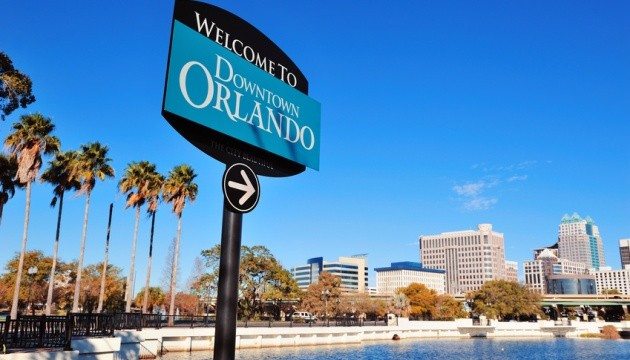Economic overview
After World War II, Japan rebuilt its economy into one of the most technologically advanced and efficient manufacturing centers in the world. Exports drove growth, which remained steady from the 1960s through the 1980s. Since then, the country has suffered waves of economic downturns—including three recessions since 2008. Prime Minister Shinzo Abe launched his growth policy, called “Abenomics,” in 2012. It relies in large part on flooding the economy with money, a strategy known as monetary easing, as a way to weaken the yen and boost exports. But exports have not rebounded, as hoped.
A gradual consumption tax increase, which began in April and is scheduled to hit a maximum of 10% in 2015, has dampened consumer spending and economic recovery. Some economists are now predicting that this year’s economic growth will not reach the Bank of Japan’s 1% forecast.
Business travel industry insight
Online travel continues to expand in Japan, especially among countries in the Asia-Pacific region. However, Japan lags behind its neighbors in the growth of budget airlines, in part because landing charges at Tokyo’s largest airports are among the most expensive in the world. Over the past two years, the decline in the yen’s value has made the country a more attractive destination for both business and leisure travelers. For the first half of the year, the travel balance—a comparison of spending by visitors to Japan with that by Japanese overseas—was a record surplus of 873 billion yen, according to Japan’s Finance Ministry.
Opportunities
- Japanese investors remain optimistic about growth. Since late 2012, the stock market is up about 60%, and Tokyo’s real estate prices are on the rise for the first time in years.
- The demand for workers is strong, especially in sectors like construction. Unemployment is 3.7%.The country’s export-driven economy is poised to grow as other major economies do. Japanese officials point to U.S. growth—which was a stronger-than-expected 4% in the second quarter—as a sign of improvement ahead.
Challenges
- Although the value of the yen dropped 18% after the government began its monetary easing campaign, exports have not grown significantly. In fact, exports shrank about 1% in the second quarter compared with the first three months of this year.
- In June, Japanese output fell at the quickest pace since the country’s devastating earthquake and tsunami in March 2011.
- The Japanese population is shrinking, which is putting pressure on the labor market. Every year, the working-age population falls by about 1 million people.
When your business expands into new markets, BCD Travel can get your travelers where they need to be. Talk to your account manager about how we can support your company’s growth across the globe.

